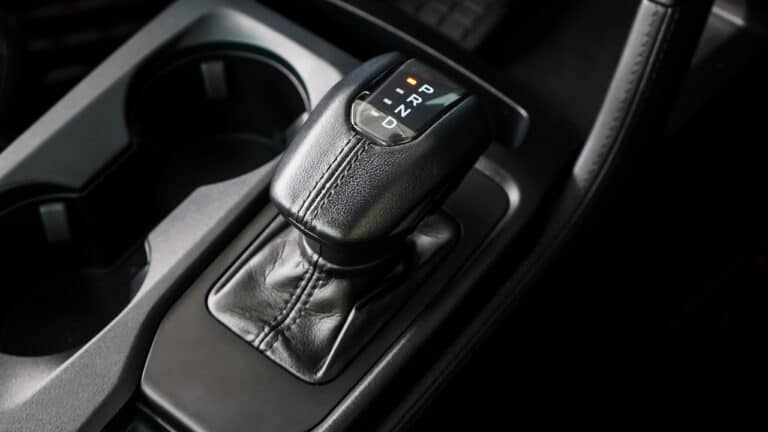10 Indicators You’re Lower Class Without Realizing It

Have you ever wondered if you were lower, middle, or upper class? There are several socioeconomic classes in the US, and which one you fall into is dependent on multiple factors.
Your financial status is based on more than just the money you make. You could make $30,000 per year, for example, but have money saved up which boosts you into another class. Or, you could make $75,000 per year and still suffer from shortfalls.
Financial experts say if you experience more than one of these, you likely to fall into the lower class.
1. Living Paycheck to Paycheck

Living paycheck to paycheck is one of the sure signs that finances are tight. Those who live this way have little or nothing left over after they get paid and subsequently pay their living expenses.
Unfortunately, this is also one of the indicators that you might be lower class, and not even realize it. The good thing is there’s a way out of this. Consider working some side hustles to bring in extra income.
2. Not Paying Bills

If you’ve ever had to skip a bill, such as your electric, gas, or internet, because you don’t have the money for it, that’s another indicator you’re in the lower class. Many people have been there, letting a bill slip past its due date and then paying it late.
The thing is if you’re also living paycheck to paycheck, it can be difficult to break this cycle. Instead of skipping a bill entirely, try to pay a portion of it, or call the provider and see if they have a payment or budget plan.
3. Falling behind on Debts

When you’re in a financial crunch, you have to make difficult decisions. Do you pay your credit card bill and keep your credit score up, or do you pay your rent and keep a roof over your head?
If you’re consistently falling behind on debts, it could also be a sign that you’re living beyond your means.
4. Housing Costs More Than a Third of Your Income

The golden rule is that your housing costs — what you pay for rent or mortgage — should not exceed 30% of your income. If it does, you’re paying too much.
This happens for one of two reasons: you’re either living above your means, or it could be a sign you’re not making enough money and fall into the lower class.
5. No Savings

This is one of the indicators that you might be lower class, or it could mean you have a spending problem. Either way, you should always make it a habit to pay yourself (your savings) first, then pay for any additional above and beyond your living expenses.
Studies show that at least one-fifth of the population has no savings at all.
6. No Emergency Fund

Isn’t this the same as savings? Not quite. An emergency fund is a bit different than your savings. Where money put into savings is your extra money, your emergency fund is a sum set aside to cover unexpected expenses.
Most people either don’t have an emergency fund or don’t have enough set aside.
7. Your Income Levels

I am hesitant to mention this one because there’s so much more to your financial standing than the amount you make, but in this instance, it fits. If you make $30,000 or less per year, chances are you fall into the lower class.
This, however, goes for the entire household’s income. If you have two adults making $30,000 each, for a total of $60,000, you move up into middle class, at least in terms of the amount of money you make.
8. You’re on Government Assistance

There’s absolutely no shame in calling on the available resources if you need it. Some of us go through difficult periods and need some help with housing costs or putting food in our kids’ mouths.
However, if you’re consistently relying on the sources, it’s because you’re not making enough money to begin with.
9. Limited or No Higher Education

Limited or no post-secondary education can lead to fewer job opportunities. As a result, someone who doesn’t go to college may be stuck in lower-paying jobs.
There are always exceptions to the rule, of course, such as those who gain experience through the workforce or who are self-taught.
10. High Debt-To-Income Ratio

Having a high debt-to-income ratio not only impacts your credit score, it can also be an indicator that you’re lower class. For example, if you rely on credit cards to bridge the gap between your salary and expenses, you’re either not making enough or you’re spending too much.
Work on getting those balances down as you can. That means paying more than the minimum payments each month.
How to Boost Your Socioeconomic Class

There are a number of ways you can boost yourself out of the lower or middle classes into a higher standing. It requires hard work and being really strict on a budget.
You’ll also want to likely take on another job or set up multiple income streams. Anything is possible and it starts with setting goals and doing what you need to in order to achieve them.





